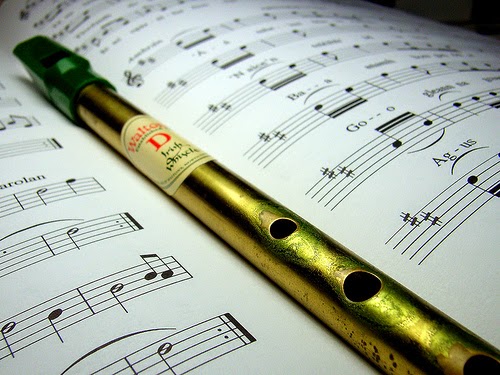The Tin Flute, originally titled Bonheur d’occasion, is a seminal work in Canadian literature by Gabrielle Roy, published in 1945. Recognized as a classic in French-Canadian literature, the novel unfolds against the backdrop of Montreal during the Great Depression, focusing on the Lacasse family’s struggles with poverty, social issues, and personal challenges.What is the theme and summary of the tin flute
At the core of the narrative is Florentine Lacasse, a young woman in the impoverished St. Henri neighborhood of Montreal. Her family, including parents Rose-Anna and Azarius, and siblings Eugène, Rose-Olympe, and Daniel, lives in a cramped and financially strained apartment, portraying the harsh realities of the time.
Also Read-
- The Second Shepherds Play Summary and Themes
- The Law of Freedom in a Platform Summary and Analysis
- What is the summary of Requiem by Robert Louis Stevenson
Florentine’s aspirations for a better life lead her to work as a waitress, where she encounters Jean Lévesque, a soldier infatuated with her. Despite his advances, Florentine hesitates to enter a romantic relationship, driven by her family’s economic struggles and her desire to escape poverty.
The novel unfolds with various characters and subplots that provide a rich portrayal of life in St. Henri during the 1930s. Themes such as poverty, social inequality, the impact of war, and the pursuit of personal fulfillment are explored.
A significant subplot involves Florentine’s brother Eugène, aspiring to be a musician and facing challenges such as financial constraints and societal prejudice. Symbolized by the tin flute, Eugène’s dreams become a recurring motif, highlighting both the fragility of aspirations and the harshness of reality.
The characters in The Tin Flute are vividly depicted, and their struggles and aspirations are portrayed with empathy. The novel reflects the social and economic realities of the time, providing insight into the challenges faced by working-class families in Depression-era Montreal.

Interactions with neighbors and the broader community illustrate the interconnectedness of lives in St. Henri. The narrative delves into the impact of economic hardship on relationships, mental health, and the pursuit of personal goals.
As the story progresses, Florentine’s relationship with Jean Lévesque evolves, marking a significant turning point. Characters grapple with their desires amidst the harsh realities of their circumstances, and their choices have lasting consequences.
The title, The Tin Flute, serves as a metaphor for the characters’ aspirations and dreams, symbolizing both fragility and resilience. The recurring motif underscores the novel’s exploration of the tension between dreams and the challenges of everyday life.
Gabrielle Roy’s writing style is poignant and evocative, capturing the community’s adversity through vivid descriptions and rich character development. The novel’s narrative structure allows for a nuanced exploration of the characters’ inner lives and the complexities of their relationships.What is the theme of the tin flute?,What is the story of the tin flute?,What is the title of the tin flute?,When was the tin flute written?,What is the meaning of The Tin Drum in the book?,Who invented the flute?,How old is the flute?,
The Tin Flute is not just a reflection of a specific historical period but also a timeless exploration of human resilience and the pursuit of happiness. Its enduring significance lies in its ability to resonate with readers across different times and contexts, offering a timeless exploration of the human experience.














